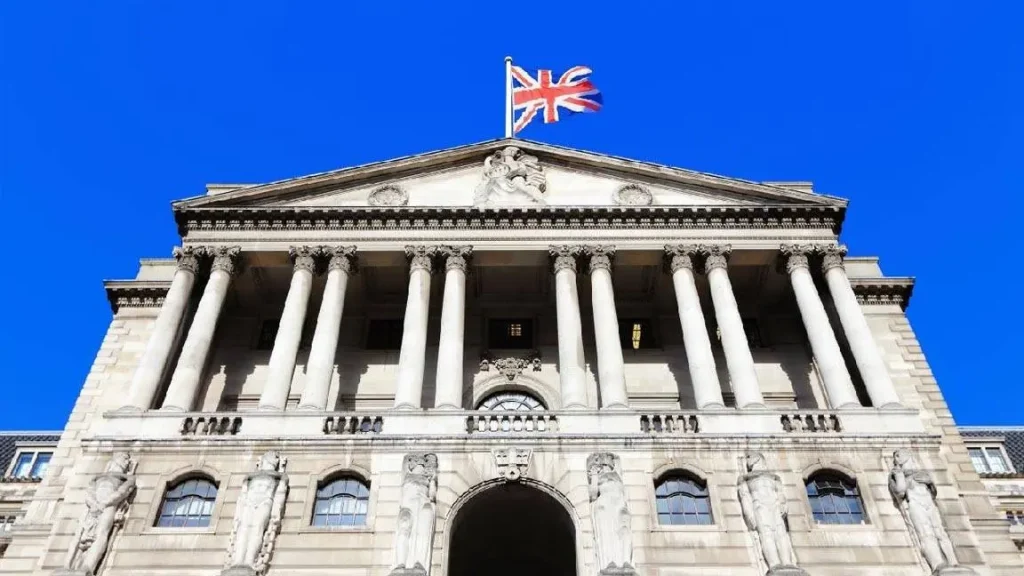With Thursday approaching, traders will be closely eyeing the Bank of England in anticipation that it will hold interest rates at their inflation rate of 5, a rate not seen in 16 years. 25%. Expectations are starting to move to the possibility of a rate cut next month more frequently, which goes against the expectation and signals major economic ramifications.
However, keeping the rate has been an official position, but the Bank of England seems to be quietly trending that way. The financial sector is watching for signs of an accelerated and deeper rate reduction. This conjecture is also backed by Rob Wood, chief UK economist at Pantheon Macroeconomics, who alludes to a rapid pace of easing, perhaps greater than what the market currently expects.
Surprisingly, the swaps markets have scaled back their forecast of rate cuts by more than 1.5 percentage points at the end of 2024. This change is due to persistent concerns that inflation will indeed last longer than expected.
MPC members are split, and their appeals echo this indecision. Key MPC members Dave Ramsden and Huw Pill are on opposite sides in respect of the inflation path, thereby complicating matters for both analysts and investors.
Another spinoff is provided by Sanjay Raja from Deutsche Bank, who suggests that Ramsden may be tempted to lower rates if inflation settles around the Bank of England’s 2% target within the next three years. His optimistic outlook is sharply different from the bank’s more moderate inflation forecast, which aims for a rise by the end of the year.
Bank of England: Wait and See on Rates
The new data is against the Bank of England forecast for the first quarter, proving the UK economy is on the rise. Analysts now forecast 0 instead of 0% GDP growth. 1%. This beneficial correction is capable of banishing the technical recession that rooted in the UK economy last year, giving optimism to the economy.
UK debtors will not be able to enjoy instant relief since interest rates and living costs are too high. The rate is expected to be retained by virtually everyone. One of the committee members voted for a rate cut in March last year, which shows that the attitude towards easing is rather cautious.
The Chief UK Economist of Oxford Economics, Andrew Goodwin, takes a pragmatic approach to the rate problem. Goodwin is tentative about a rate cut, having seen recent data on service inflation and private sector wage growth. Both measures are decreasing, but not as quickly as the MPC anticipated.
These numbers are just slightly above the bank’s earlier forecast, meaning that the economic environment is not set for a rate cut. This implies that the rate cut may happen, but it might take longer than the market participants would like, which makes the next moves a question of patience versus aggressive adjustment.
Investec’s Philip Shaw says the committee could soften its stance. The following meetings may introduce more people to the easing camp, though no rate cut is expected. The increase in payments and the inflation in the services sector are also above average, and these components will also affect the decision.


